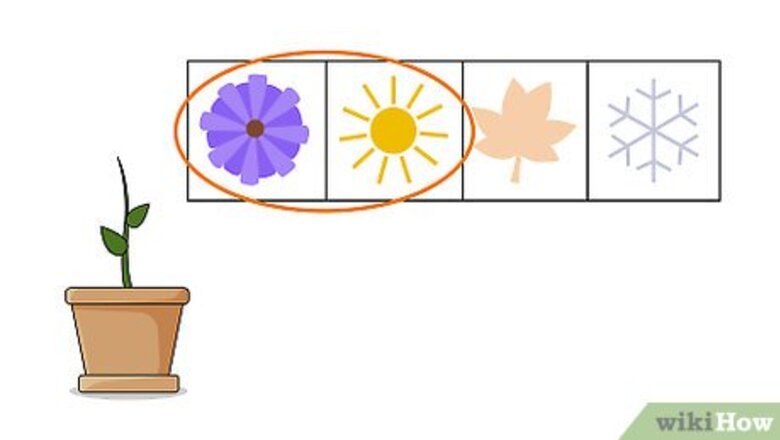
views
Starting Columbine from Seed
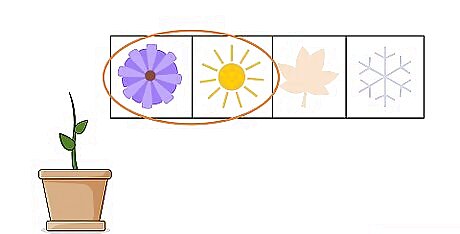
Choose the right time to plant. Columbine seedlings can be moved out side in spring or summer. To make sure they're ready for transplanting at that time, start the seeds inside in starter pots about eight weeks before the last expected frost.
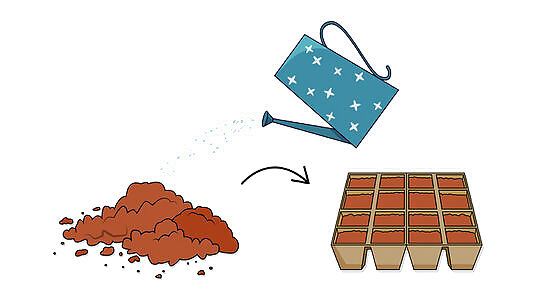
Fill a seed pot with moistened potting soil. Columbines require soil that’s moist and rich, even when they're seeds. Fill a small bucket with a rich potting soil that’s designed for flowers. Add enough water to make the soil moist, but not soggy. Transfer the moistened soil to a seed pot or starter tray.
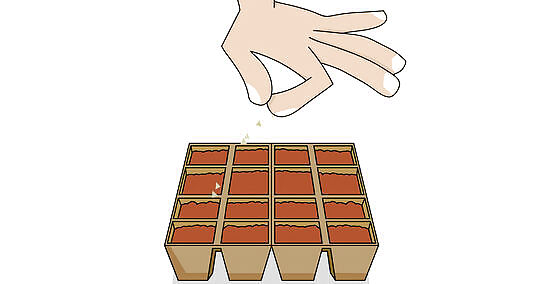
Place the seeds on top of the soil. Sprinkle two or three seeds on top of the moistened soil. Cover the seeds with a very thin sprinkling of extra soil. You want to cover the seeds just enough to help them settle in. However, don’t add too much soil, or the seeds won’t get enough sun to germinate. It’s a good idea to plant a few seeds at a time in case one doesn’t germinate.
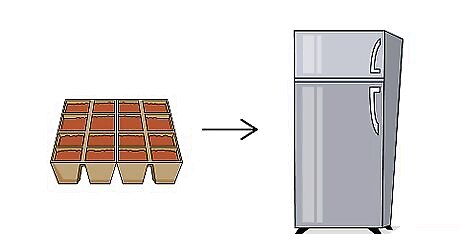
Chill the seeds. Transfer the seeds to a cool location that’s around 40 °F (4 °C) and leave them to chill for about three to four weeks. This process is known as stratification, and it mimics the cold of winter and helps seeds to wake from dormancy and germinate. Ideal places for stratification include the refrigerator, a cold room, or root cellar. Instead of stratifying the seeds, you can also plant columbine seeds directly into the soil in fall and leave them over the winter. The problem with this method is that it’s less controlled, and the seeds may not germinate as well come spring.
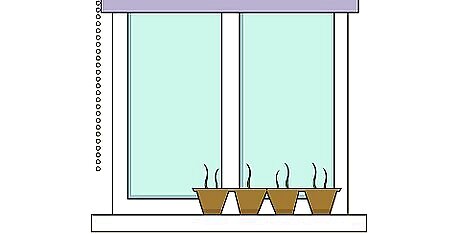
Transfer the seeds to a warm and sunny location. After chilling for three weeks to a month, remove the seed pot from the refrigerator. Place the pot somewhere that gets full sun, and where the temperature remains between 70 °F (21 °C) and 75 °F (24 °C). A sunny window is ideal. As the seeds warm up and soak up the sun, they will start to germinate. This process will take about 22 to 30 days.
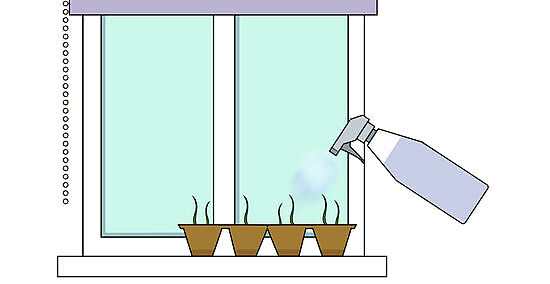
Keep the seeds moist as they germinate. Because the seeds need sun and warmth to germinate, the soil can dry out easily. Check the soil every day and water as necessary when it starts to dry out.
Transplanting the Seedling
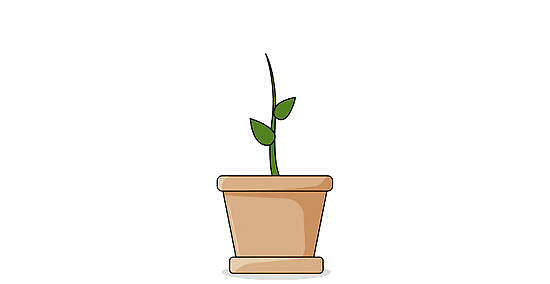
Leave the columbine to grow at least one pair of leaves. You want to make sure the columbine is healthy and established before transplanting it to the garden. As the seedling grows, keep an eye out for its first leaves. When it has at least one pair of leaves and is a few inches (several centimeters) tall, it’s ready to go to the garden. The best time to plant columbine is late spring or summer, and the plant should be at least six weeks old before it’s transplanted.
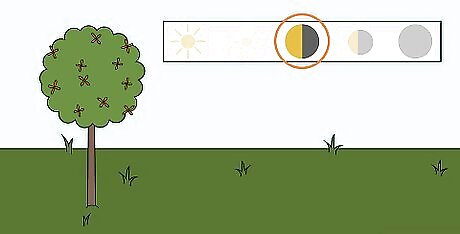
Choose a partially sunny location. Columbine does best when it gets partial shade instead of full sun. An ideal location for planting is somewhere that gets morning sun, but that’s partially shaded in the afternoon, such as near a tree.
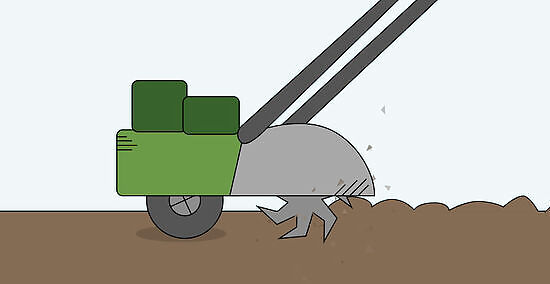
Amend the soil with compost. Use a tiller to dig the soil in the garden bed to a depth of about 8 inches (20 cm). Cover the area with a layer of aged compost that’s about 4 inches (10 cm), and use the tiller to work the compost into the soil. This will ensure the soil is fertile, rich, and well-draining. As you prepare the soil, pull out any weeds that you find to eliminate competition.
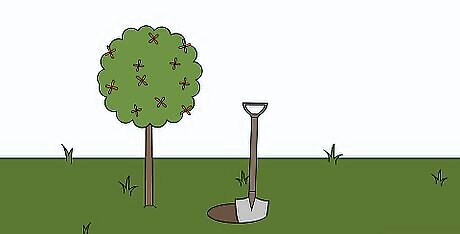
Dig a hole for the columbine. With a spade or small shovel, dig a hole that’s just deep enough to accommodate the root ball, and twice as wide as the starter pot. If you're planting more than one columbine, space the holes 24 inches (61 cm) apart.
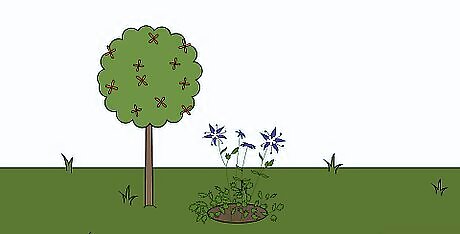
Plant the columbine in the soil. Place your hand around the base of the columbine. Tip the pot over and gently remove the plant from the pot. Place the root ball into the hole, making sure the crown of the plant is level with the soil. Fill in the hole, and gently pack the soil down with your hand. The crown of the plant is where the stem and roots join.
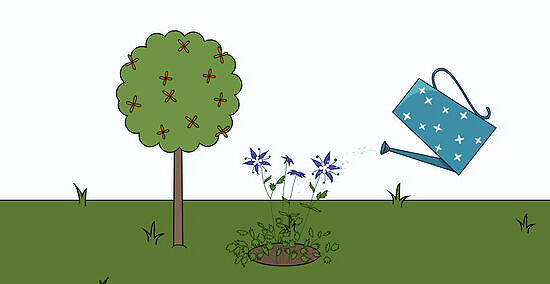
Water after transplanting. Right after planting, thoroughly soak the soil with enough water to make the area visibly wet. This will help to settle the soil around the roots, and help the columbine establish itself in its new home.
Growing and Caring for Columbine
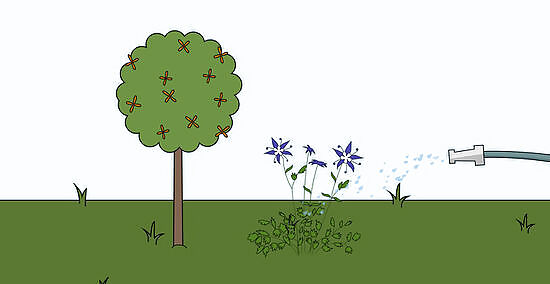
Keep the soil moist. Columbines require lots of water to thrive, and will need to be watered regularly at least once a week. When the soil starts to dry out an inch (2.5 cm) below the surface, water the soil thoroughly. Provide the plant with about an inch (2.5 cm) of water per week.
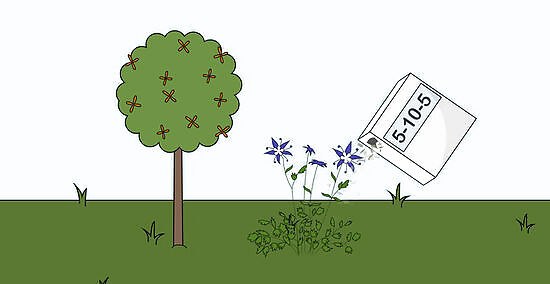
Fertilize the plant every month during the growing season. Columbines need lots of energy to produce their beautiful flowers, and regular feeding will ensure they get the nutrients they need. Once a month throughout the spring and summer months, combine a 5-10-5 fertilizer with water and use it to feed the plant.
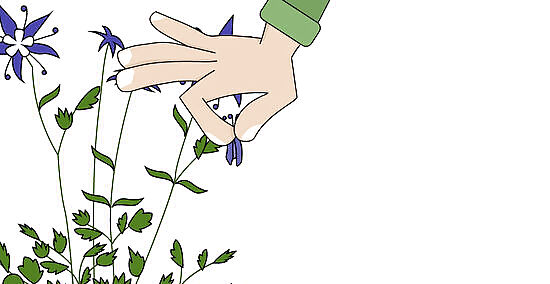
Remove spent blooms throughout the season. Anytime you find a dead bloom on the columbine, pinch it off with your fingers. This will prompt the plant to continue producing more flowers. Stop deadheading flowers in the fall, otherwise the plant may not enter dormancy when it should.
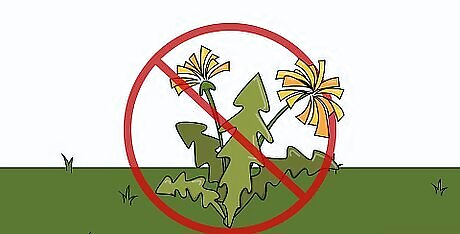
Weed the area as necessary. Like most plants, columbines don’t like competition, because weeds will take vital nutrients and water from the soil that the columbine needs. When you're watering or pruning, check regularly for weeds in the garden bed. Remove weeds carefully with a spade, or pull them out by hand.
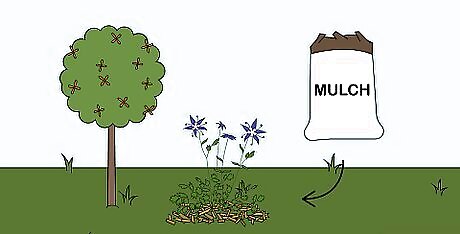
Cover the soil with a layer of mulch before winter. Columbines can thrive in cold climates, but mulch will insulate the soil and help keep them warm in winter. If you live in an area with cold winters, cover the soil with a layer of hay, straw, or other mulch in the late fall before the frost and snow come.



















Comments
0 comment